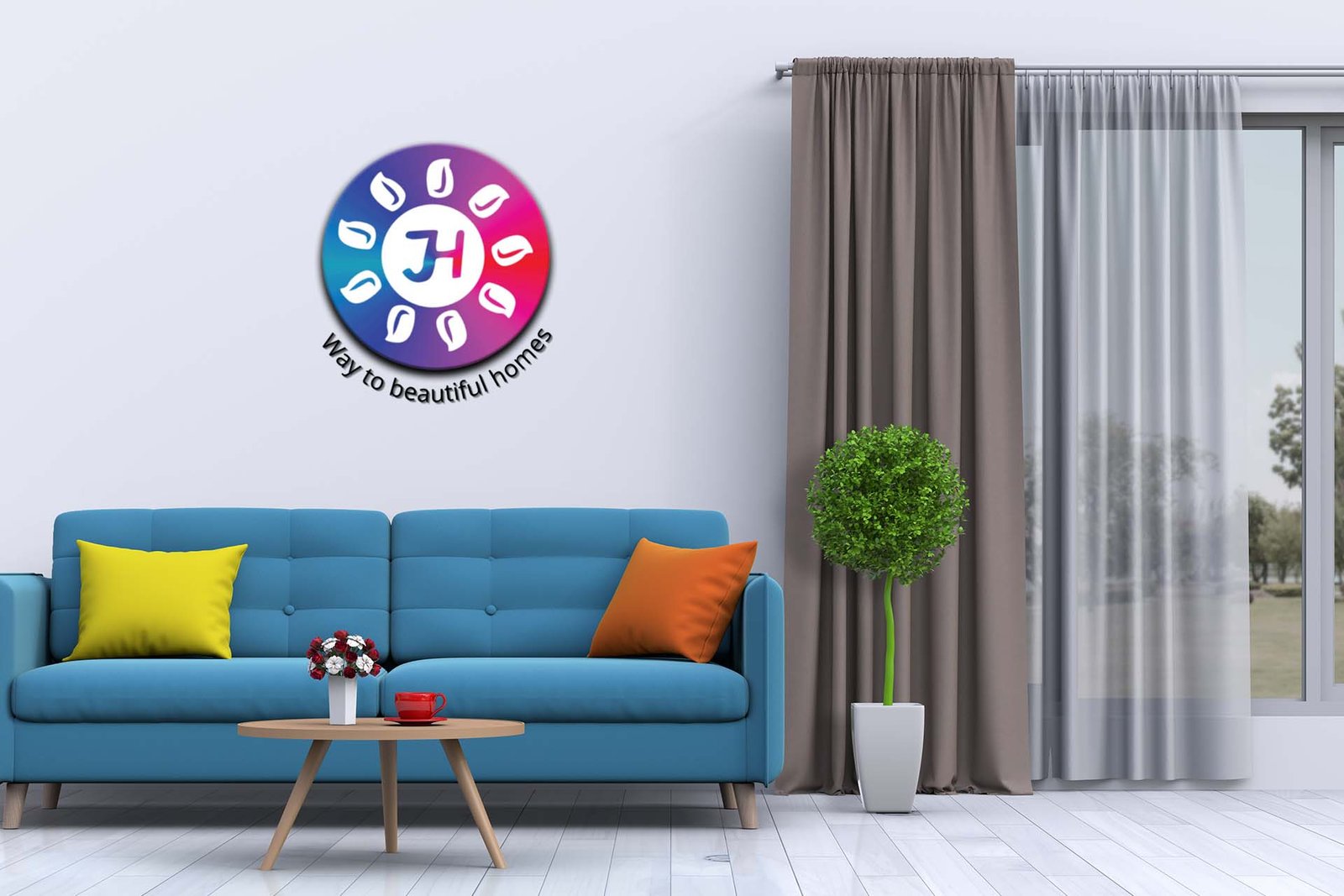Have you ever visited a website that left you frustrated and confused? Maybe it had a cluttered layout, confusing navigation, or slow loading times. Building a user-friendly website is the secret to ensuring a positive user experience. A user-friendly website not only captures the attention of visitors but also easily guides them to their desired goal while offering an enjoyable browsing experience. In this article, we will into the key ingredients necessary for creating a user-friendly website that keeps visitors engaged and encourages them to return.
Understanding User-Friendly Design
User-friendly design revolves around the principle of placing the user’s needs and preferences at the center of website development. It involves careful consideration of various aspects, including layout, navigation, site speed, and content readability. Let’s explore each of these components in more detail.
Clear and Intuitive Navigation
Effective navigation is the backbone of a user-friendly website. Visitors should be able to find what they are looking for without confusion or frustration. Here are some tips for improving navigation:
- Keep the navigation menu simple and prominently displayed.
- Use descriptive labels for menu items to ensure clarity.
- Include a search function to allow users to quickly find specific content.
- Incorporate breadcrumb navigation to help users understand their location within the site.
Responsive and Mobile-Friendly Design
With the increasing use of mobile devices, having a responsive and mobile-friendly website is more important than ever. Consider the following practices:
- Optimize the website for mobile devices, ensuring it adapts to different screen sizes.
- Use responsive design techniques to ensure easy navigation and readability across all devices.
- Test the website on various devices and platforms to ensure consistent performance.
Fast Loading Times
In today’s fast-paced digital world, users have little patience for slow-loading websites. Slow loading times can lead to high bounce rates and decreased user satisfaction. To improve website speed:
- Optimize image sizes to reduce file size without compromising quality.
- Minimize HTTP requests by combining CSS and JavaScript files.
- Leverage browser caching to store commonly accessed files locally.
Simple and Readable Content
The content on a website should be easy to read and understand. Here are some tips for creating user-friendly content:
- Use clear and concise headings and subheadings to break up the text.
- Utilize bullet points or numbered lists to present information in a scannable format.
- Write in short paragraphs to enhance readability.
- Use legible fonts and appropriate font sizes to ensure readability on different devices.
Putting It All Together
Now that we have explored the key components of a user-friendly website, let’s summarize the main points:
- Clear and intuitive navigation helps users find what they need quickly and easily.
- Responsive and mobile-friendly design ensures a consistent experience across devices.
- Fast loading times keep users engaged and prevent frustration.
- Simple and readable content enhances comprehension and accessibility.
“A user-friendly website is like a well-designed road map, guiding visitors effortlessly to their destination.” – Vinay Saharan
Remember, building a user-friendly website is an ongoing process. Continuously seek feedback from users, conduct usability tests, and analyze website analytics to identify areas for improvement. By prioritizing user experience and implementing the principles discussed in this article, you’ll be well on your way to creating a website that visitors love to explore.


















